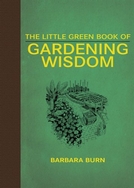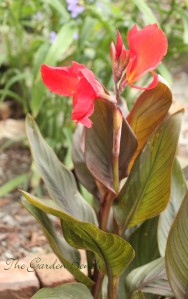Our bearded irises are coming up and they’re pretty crowded this year, and need to be dug up and divided. If we divide them now, before they bloom, will we still have flowers this year?
 If your iris bed is crowded but still producing blooms, it is best to wait until later to dig up the iris bed and divide the rhizomes. The experts at the American Iris Society and other sources say iris beds should be divided every three to five years, and suggest mid- to late-summer as the best time for this task.
If your iris bed is crowded but still producing blooms, it is best to wait until later to dig up the iris bed and divide the rhizomes. The experts at the American Iris Society and other sources say iris beds should be divided every three to five years, and suggest mid- to late-summer as the best time for this task.
When the time comes this summer, here is the method suggested by author Judy Lowe in Month-by-Month Gardening in Tennessee & Kentucky:
Cut the leaves in a fan shape about 6 inches tall, then lift the clump with a spading fork, wash off the dirt, and inspect the rhizome for soft spots, damage or disease.
Cut the rhizome into smaller pieces with a sharp knife, making sure each piece includes an eye or a bud. Cut away any older growth. Lowe notes that iris rhizomes are susceptible to fungal problems, and suggests dipping the rhizome briefly into a solution of one part liquid bleach to nine parts water.
Replant the sections: Dig a hole and make a mound of soil in the center, then place the rhizome on top so that its roots spread over the mound. Cover the roots, but maintain the rhizome at soil level or just below it. Bearded iris rhizomes that are planted too deep may rot, she says. Water the bed well.
Dividing in summer allows the rhizomes to become established before the end of the growing season, and more likely to bloom well next spring.
Color Garden book giveaway
Thanks to readers who left comments this week for a chance to win The Nonstop Color Garden by Nellie Neal. Constance is the winner of the random drawing.
Nellie, her book, and information from Doris Weakley of the Perennial Plant Society of Middle Tennessee were featured in a story in last Saturday’s Tennessean. You can read it here.
And watch for another book giveaway soon.
Filed under: Flowers, Perennials, Plant care | Tagged: bearded iris, dividing, Iris, rhizomes | Leave a comment »








